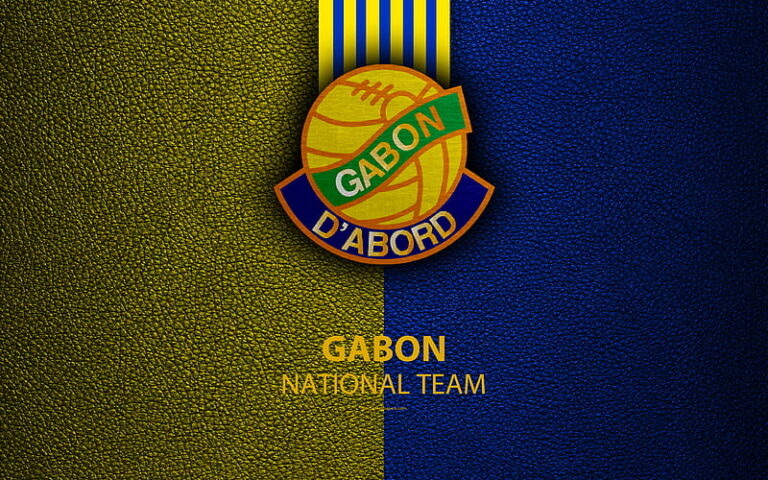
Slavia Sofia FC
Slavia Sofia FC is one of Bulgaria’s most storied and respected football clubs, with a rich history dating back over a century. The club has been a cornerstone of Bulgarian football, contributing numerous talented players, memorable matches, and significant achievements to the sport’s development in Bulgaria and beyond 69vn com.
In this comprehensive article, we will explore every facet of Slavia Sofia FC, from its origins and historical milestones to its tactical evolution, fan culture, and current standings. Whether you’re a lifelong supporter or new to Bulgarian football, this detailed overview aims to provide valuable insights into the club’s legacy, challenges, and future prospects casino 69vn.
Historical Overview of Slavia Sofia FC
Understanding the roots and evolution of Slavia Sofia FC is essential to appreciating its significance within Bulgarian football. Established in 1913, the club has weathered wars, political upheavals, and changing football landscapes to remain relevant today.
The early years of Slavia Sofia saw it as a pioneer club, quickly establishing itself as a competitive team within the Bulgarian First Professional Football League. Its foundational ethos centered around community, excellence, and fostering local talent, which laid the groundwork for long-term success.
Throughout its history, Slavia Sofia has experienced periods of dominance, notably during the 1940s and 1960s, when it secured multiple league titles and cup victories. These successes not only elevated the club’s status but also helped cultivate a passionate fanbase that continues to support the team vigorously.
The club faced challenging times during the late 20th century, including financial hardships and relegations. However, resilient management and a dedicated squad always managed to bring the club back to top-flight competition. Notably, the club participated in European competitions such as the UEFA Cup (now Europa League), representing Bulgaria on the continental stage and gaining international recognition.
Today, Slavia Sofia FC is celebrated not just for its past glories but also for its ongoing efforts to modernize, develop youth talent, and strengthen its position domestically and in Europe. The club’s history is a testament to resilience, community spirit, and a relentless pursuit of excellence.
The Club’s Tactical Evolution and Playing Style
Over the decades, Slavia Sofia FC has undergone significant tactical transformations reflecting broader trends in football while maintaining its unique identity. From traditional formations to modern pressing systems, understanding these tactical shifts reveals much about the club’s strategic mindset.
Initially, during the early and mid-20th century, Slavia favored classic formations like 2-3-5 or WM, emphasizing attacking play and technical skill. Their style was characterized by quick passing, creative midfielders, and an emphasis on goal-scoring — traits still appreciated by fans today. The club’s coaches prioritized developing versatile players capable of executing fluid attacking strategies.
Moving into the late 20th century, especially during the 1980s and 1990s, tactics became more disciplined and defense-oriented, aligning with European trends. The club adopted more structured formations such as 4-4-2 and later 4-2-3-1, focusing on solid defensive organization before launching offensive plays. This shift was partly driven by the need to adapt to increasingly competitive European environments.
In recent years, Slavia Sofia FC has embraced modern tactical philosophies, including high pressing, possession-based play, and flexible formations. The focus is on controlling the game through ball retention and rapid transitions. Coaches now emphasize tactical intelligence, positional discipline, and versatility among players.
Analyzing current playing styles, it’s evident that Slavia emphasizes a balanced approach — combining aggressive pressing when defending and fluid attacking movements. The club’s youth academy produces technically skilled players who can adapt to various tactical systems, which is crucial for maintaining competitiveness.
To illustrate their tactical evolution clearly, here is a simplified table:
| Era | Formation Trends | Key Tactical Features | Notable Changes |
|---|---|---|---|
| Early/Pre-war period | 2-3-5, WM | Attacking, technical, creative flair | Focus on individual skill |
| 1980s-1990s | 4-4-2, 4-2-3-1 | Defensive solidity, disciplined structure | Adaptation to European standards |
| Modern era | 4-3-3, 4-2-3-1, high pressing | Possession, pressing, tactical flexibility | Emphasis on versatility and youth development |



